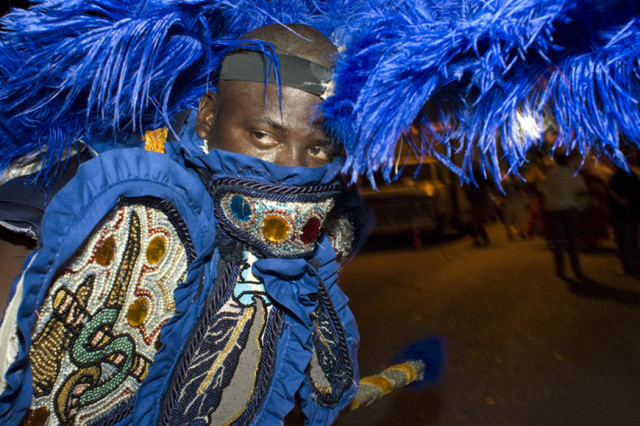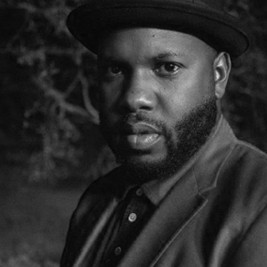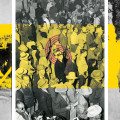
L. Kasimu Harris, Always Looking Out, 2009.
ONLINE TALK: News, Document, Art: The Photography of L. Kasimu Harris
Thursday, April 22, 2021 6pm – 8:30pm
New Orleans-based photographer and writer L. Kasimu Harris will speak about how he approaches history in his practice and will share ideas about the role of photography in contemporary culture. Harris makes art with a keen sense of place, time, and community. He recalls the murders of Jimmy Lee Jackson, Michael Stewart, Don Merrick, Henry Glover, and others in “A Blackness Continuum” where he takes the viewer on a journey through space and time where some things change but the killing of black men remains constant. “War on the Benighted” is a constructed reality about a group of students “who became frustrated with the inequalities in education; they rose up and began a quest to educate themselves.” “Vanishing Black Bars and Lounges” documents Black bars on St. Bernard Avenue as they are squeezed out by white gentrification. In this sense, Harris continues in the footsteps of Gordon Parks for whom photography was his “choice of weapons against what I hated most about the universe: racism, intolerance, poverty.”
This event is presented in conjunction with an online educational program Artist Lab: Art Meets History in New Mexico designed to foster the integration of history into contemporary art practices. It is presented as a collaboration between 516 ARTS, Art Meets History initiative, Kolaj Institute, and the Albuquerque Museum Photography Archives. L. Kasimu Harris is one of the faculty in this program, which looks at how our divergent histories of race, conflict, and colonialism inform how we imagine our futures.

L. Kasimu Harris holds a BBA in Entrepreneurship from Middle Tennessee State University and an MA in Journalism from the University of Mississippi. He was a 2020 Joan Mitchell Center Artist-in-Residence. His professional clients include The New York Times, NPR, Vox, and HuffPost. His work is in the permanent collections of the New Orleans Museum of Art, The Wedge Collection, the Center for Photography at Woodstock, the NOVO Foundation, the Newcomb Art Museum at Tulane University and the Ogden Museum of Southern Art.
